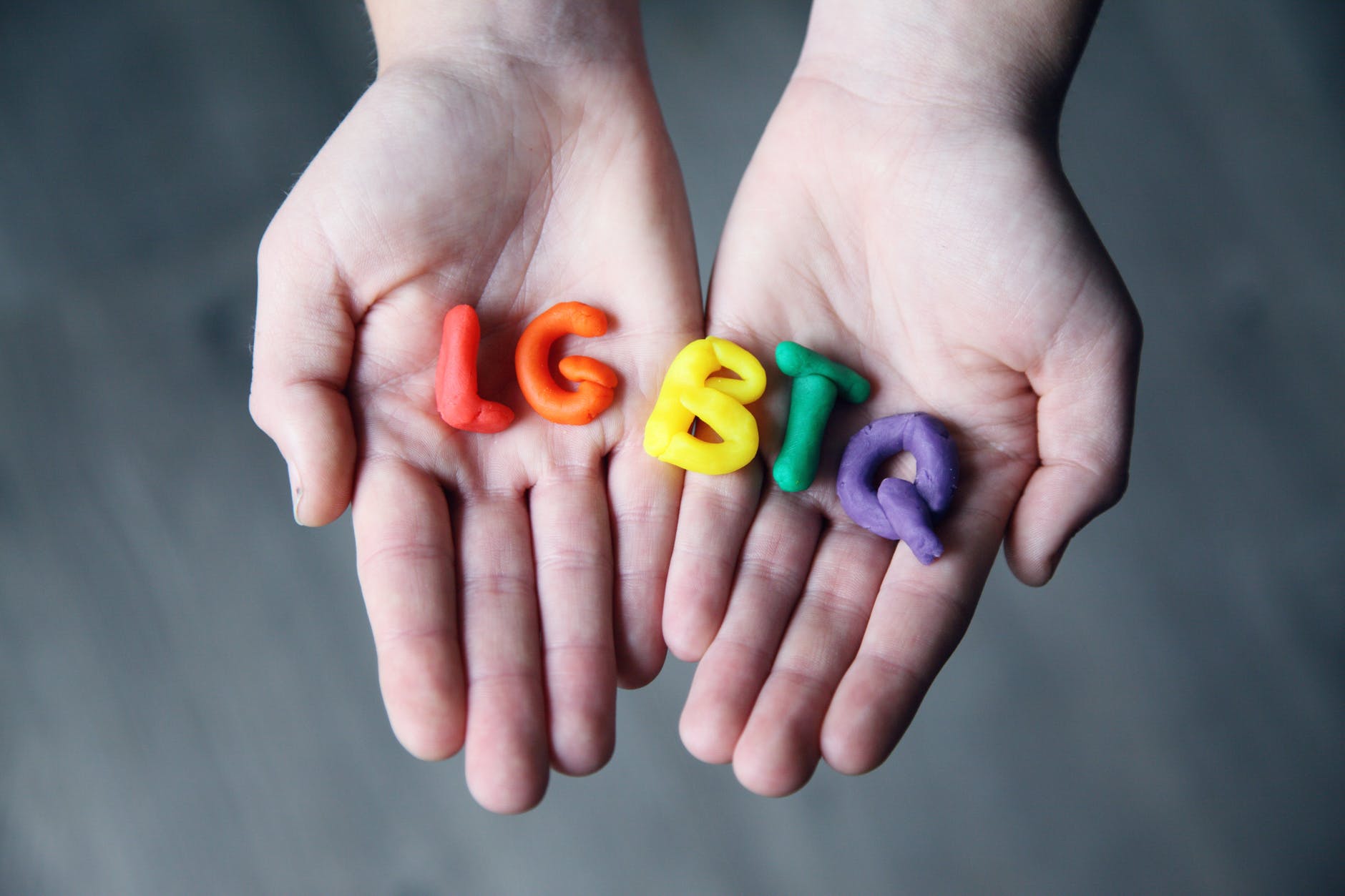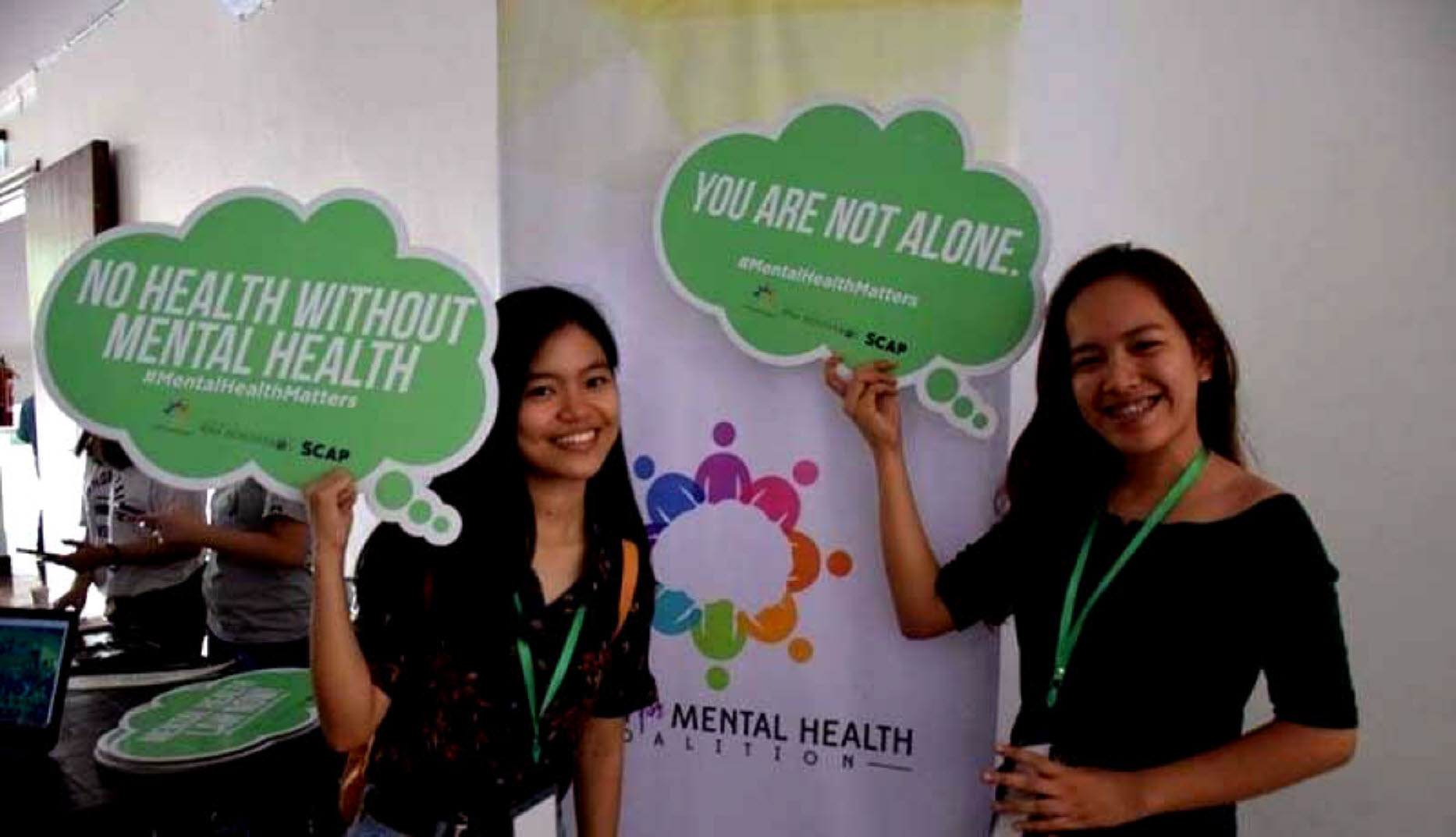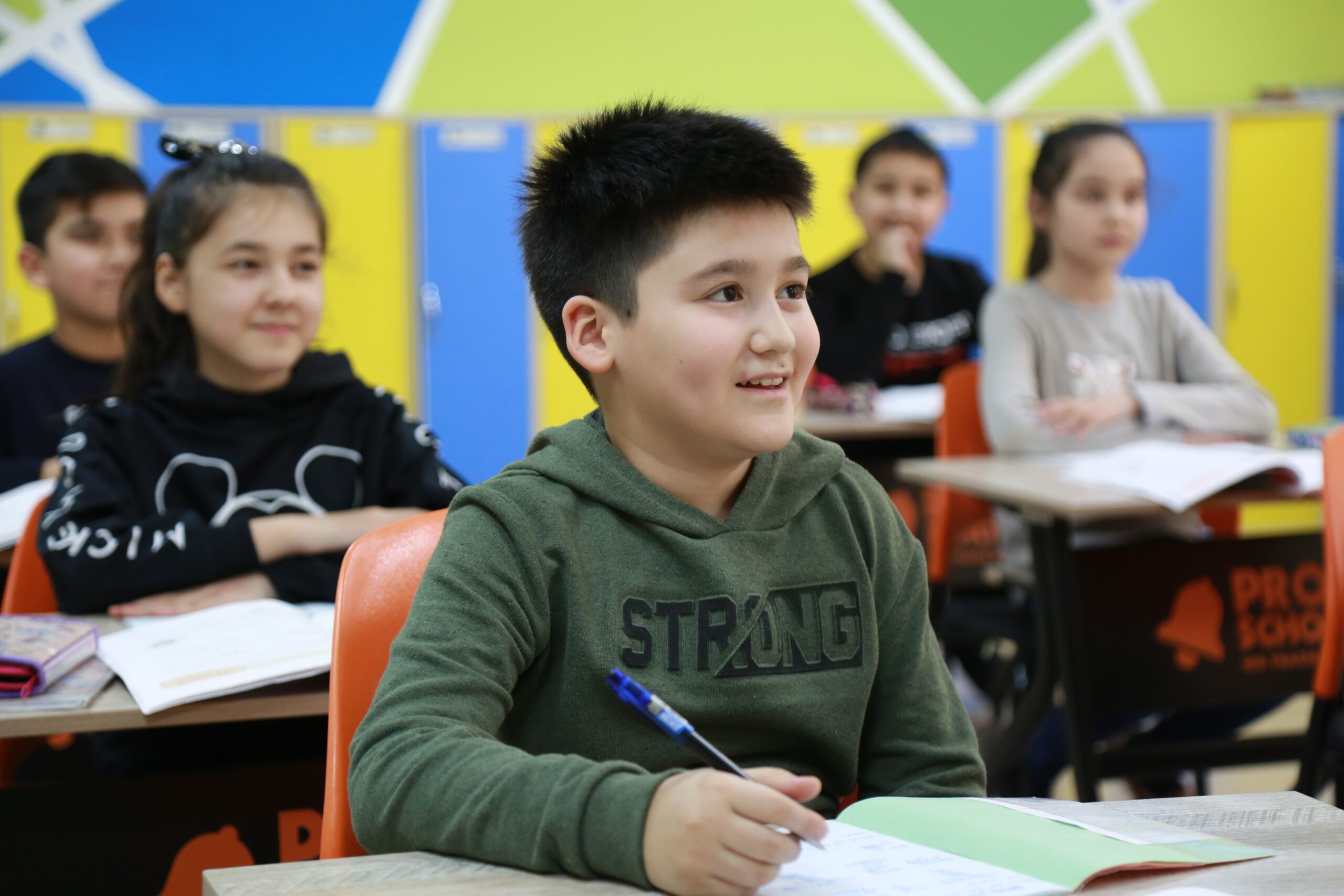Caroline Miller
#Depression is a common #mentalhealthcondition that causes someone to be in a sad or irritable mood for an unusually long period of time. It’s normal for #children to feel down when bad things happen, but a child with #depression doesn’t feel better if things change. #Children and #teenagers who are depressed usually have trouble enjoying things they used to love and have low energy. They might think about or attempt #suicide.
#Depression usually begins during the #teenage years, but younger kids can also be diagnosed. #Girls are diagnosed twice as often as #boys.
#Depression can take a number of different forms. The disorders below are all forms of what experts call “unipolar #depression.” The term “unipolar” is used to distinguish them from #bipolardepression, which involves a combination of extreme lows and highs — episodes of #depression alternating with episodes of mania — and is treated differently from other forms of #depression.
#JamesDonaldson notes:
Welcome to the “next chapter” of my life… being a voice and an advocate for #mentalhealthawarenessandsuicideprevention, especially pertaining to our younger generation of students and student-athletes.
Getting men to speak up and reach out for help and assistance is one of my passions. Us men need to not suffer in silence or drown our sorrows in alcohol, hang out at bars and strip joints, or get involved with drug use.
Having gone through a recent bout of #depression and #suicidalthoughts myself, I realize now, that I can make a huge difference in the lives of so many by sharing my story, and by sharing various resources I come across as I work in this space. #http://bit.ly/JamesMentalHealthArticle
Major Depressive Disorder
This is the most familiar kind of #depression, in which someone experiences severe symptoms that last between two weeks and several months. An episode of #depression may occur only once, but in most cases the #depression will return multiple times.
The biggest sign of #depression is a change in mood. A depressed child will feel sad or irritable —quick to anger over very small things — most of the time, and lose interest in things they normally enjoy.
Other symptoms include:
- Feeling hopeless
- Lacking energy or being tired all the time
- Trouble concentrating
- Poor performance or poor attendance at school
- Low self-esteem or saying negative things about themselves
- Eating too little or too much
- Gaining or losing a lot of weight
- Trouble sleeping
- Thinking about or attempting #suicide
Some #children with #depression no longer look forward to things they used to enjoy, but they can enjoy them in the moment. This is unusual and is known as atypical depression. It can trick parents, making them think their child doesn’t want to cooperate when they are actually depressed.
#PersistentDepressiveDisorder (#Dysthymia)
This is a form of #depression in which someone experiences the same symptoms as major depressive disorder, but in a milder form. And instead of occurring in episodes of several weeks or months, the symptoms last for a year or more. In persistent depressive disorder, the symptoms may get more or less severe at different times, but they don’t go away for more than two months at a time.
Since the symptoms of persistent depressive disorder can last for years, it can appear that a downbeat mood, low self-esteem or irritability is just a part of a child or teenager’s personality. But treatment can make a big difference.
#DisruptiveMoodDysregulationDisorder (#DMDD)
DMDD is a relatively new diagnosis that is given to children who have frequent, explosive temper tantrums in reaction to things that don’t seem like a big deal. In between tantrums they are irritable most of the time. They have a short fuse, and low frustration tolerance. The DMDD diagnosis recognizes that for young children, depression can look more like anger than sadness.
Symptoms of DMDD usually show up before age 10. It is not diagnosed before age six because temper tantrums are normal for young kids. To be diagnosed with DMDD a child must have major temper tantrums three or more times a week on average. This behavior has to show up when the child is with family, friends and teachers— if it’s only in one situation it’s probably not DMDD.
Unlike kids with #oppositionaldefiantdisorder (#ODD) these kids aren’t focused on defying authority. They act out because they experience feelings more powerfully than other kids, and they lack self-regulation skills.
#PremenstrualDysphoricDisorder (#PMDD)
#Premenstrualdysphoricdisorder is a condition that affects some #women and #girls in the week before their period, when hormones spike. Symptoms are similar to PMS but so severe that they have a serious impact on daily life. While PMS may be troubling, a girl with PMDD is likely to experience feelings closer to a major depressive episode.
Girls with PMDD might feel depressed, anxious or angry. They may cry for little or no reason. They may also have trouble concentrating and staying on task. They may feel overwhelmed, and worried that everyone is mad or unhappy with them. Physical symptoms like cramps, headaches, body aches and tender breasts are common.
Symptoms typically start 5–8 days before their period but can begin earlier, and they go away once the period begins. Onset of PMDD can be any time after puberty.
#SeasonalAffectiveDisorder (#SAD)
#Seasonalaffectivedisorder (#SAD) is a type of depression that comes and goes with changes of seasons. It has all the same symptoms as major depressive disorder, but it only happens during specific months of the year. The technical name for it is “major depressive disorder with seasonal pattern.”
Most people who experience #seasonalaffectivedisorder get depressed in the fall and winter — possibly because getting less sunlight in the winter affects brain chemicals that impact mood and energy levels. But for some people, depressive episodes are triggered by summer.
To be considered signs of SAD, the symptoms can’t be related to something that happens during the time period when they appear, such as events at home or school during the winter.
Treatment for #depression
Treatment can be very effective for #children and #teenagers struggling with #depression. It includes both medication and several different kinds of therapy.
Many clinicians recommend that if a #child is taking #antidepressant medication they should also be participating in therapy. Medication can reduce symptoms of #depression, but therapy teaches kids skills to manage their moods and cope in a healthy way with uncomfortable feelings.

Caroline Miller
Caroline Miller is the editorial director of the #ChildMindInstitute. She is a veteran magazine, newspaper and website editor … Read Bio
James Donaldson is a Washington State University graduate (’79). After an outstanding basketball career with WSU, he went on to play professional basketball in the NBA with the Seattle Supersonics, San Diego/L.A. Clippers, Dallas Mavericks, New York Knicks, and Utah Jazz. He also played for several teams in the European Leagues in Spain, Italy, and Greece, and he toured with The Harlem Globetrotters to wrap up his career. James was an NBA All-Star in 1988 while playing center for the Dallas Mavericks. In 2006, James was inducted into the Pac-10 Sports Hall of Fame and also the Washington State University Athletic Hall of Fame. In 2010, James was elected as a board member for the NBA Retired Players Association.
James frequently conducts speaking engagements (motivational, inspirational, educational) for organizations, schools, and youth groups.
In 2010, James was the recipient of the NBA Legends of Basketball ABC Award, awarded for outstanding contributions in Athletics–Business–Community.
He believes in being a role model for success and professionalism to the scores of young people to whom he devotes so much of his time. He currently serves on several boards and committees and is a member of many organizations.
James believes in developing relationships that create a “Win-Win” environment for everyone involved, and in being the best he can be!
For more information about James Donaldson or to request he speak at your event, contact him at:
www.StandingAboveTheCrowd.com
JamesD@StandingAboveTheCrowd.com
1-800-745-3161 (voicemail & fax)
James Donaldson is the author of “Standing Above The Crowd” and “Celebrating Your Gift of Life” and founder of the Your Gift of Life Foundation which focuses on mental health awareness and suicide prevention, especially pertaining to our school aged children and men.
If you’re interested in having James come and speak to your group of young adults, business entrepreneurs, aspiring political and community leaders, and athletic teams, please contact him at jamesd@yourgiftoflife.org and or leave a personal message for him at 1-800-745-3161. Keep up with him and read about how he is reaching out and making a difference in the lives of so many around the world at www.yourgiftoflife.org




